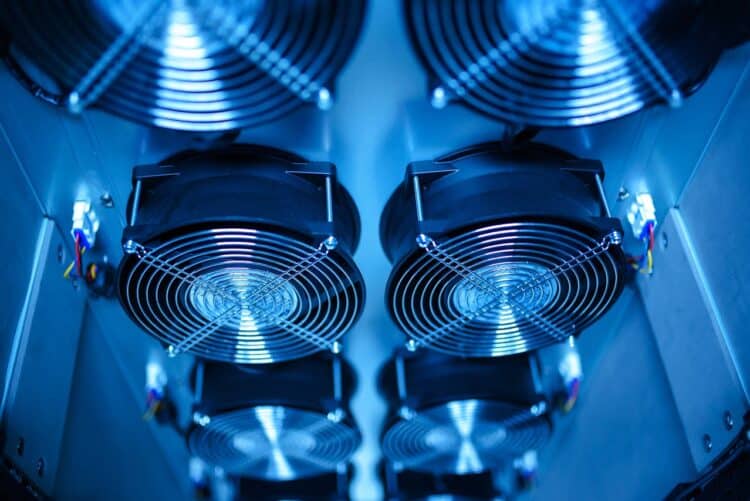As the HVAC industry undergoes a significant transformation, COOs and heads of infrastruccture and operations in Asia must adapt to the evolving landscape shaped by advancements in technology and sustainability. The integration of IoT, cloud computing, and artificial intelligence (AI) is redefining how heating, ventilation, and air conditioning systems are designed, managed, and secured.
Enhancing Operational Efficiency
Smart HVAC systems are becoming essential for improving operational efficiency and reducing energy consumption. The adoption of IoT sensors and cloud-based platforms allows for:
- Real-time Monitoring: Continuous oversight of system performance to identify issues before they escalate.
- Predictive Analytics: Data-driven insights that optimise system operations and extend equipment lifespan.
- Proactive Maintenance: Scheduled maintenance based on actual usage patterns, minimising downtime and maximising performance.
Cybersecurity as a priority
With HVAC systems increasingly connected to broader building automation and IT networks, cybersecurity has emerged as a critical concern.
“Securing connected systems requires identifying unauthorized devices, monitoring abnormal behaviour, encrypting sensitive data, and implementing strict access controls,” commetns Dennis Marcell Victor, senior industry analyst from Frost & Sullivan.
Key strategies include:
- Zero-Trust Frameworks: Continuous monitoring and network segmentation to enhance resilience against cyber threats.
- Integrated Cybersecurity Solutions: Incorporating ransomware prevention and device authentication as standard practices in HVAC deployments.
Sustainable practices and business models
The push for sustainability is driving HVAC manufacturers to adopt energy-efficient technologies and low-GWP refrigerants. This shift is crucial for meeting environmental regulations and global sustainability goals. Additionally, the rise of HVAC-as-a-Service (HVACaaS) is transforming customer engagement by offering:
- Flexible Subscription Models: Reducing capital expenditures while ensuring guaranteed performance and proactive service.
- Enhanced Customer Satisfaction: Providing tailored solutions that meet specific client needs.
Interoperability for smarter buildings
The adoption of open communication protocols, such as BACnet/IP and Modbus, is facilitating seamless integration between HVAC systems and building management infrastructure. This trend supports:
- Vendor-agnostic environments: Allowing for greater flexibility in system upgrades and expansions.
- Enhanced Operational Control: Enabling COOs to manage systems more effectively and respond to changing demands.
As the HVAC industry continues to evolve, COOs and heads of operations who embrace digital transformation, prioritise cybersecurity, and align with sustainable practices will be well-positioned to lead in the era of smart buildings and connected ecosystems.



